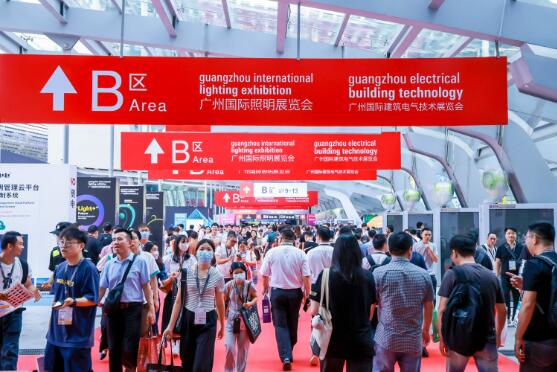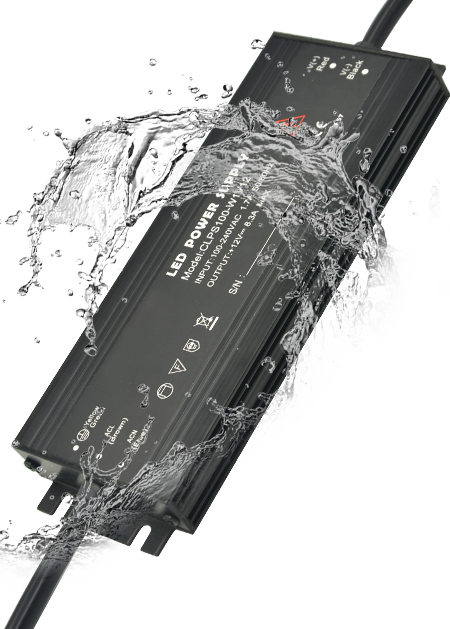LED drivers (likewise called LED power supplies) resemble ballasts for fluorescent lights or transformers for reduced-voltage light bulbs: they supply LEDs with the power they require to function and do their best. An LED motorist corrects higher voltage, alternating existing to reduced voltage, straight current. This is done using a chip called a DC-DC inverter.
When this is done with a high voltage line, the electricity flows from a high-voltage line to the LED driver. This is what makes a suitable LED driver both a power supply and a LED driver, they provide an LED with more power than is necessary, and they deliver it to the LED. But, this isn’t the end of the story. When they are connected to a lower voltage line, it is possible to illuminate an LED; for this to happen, the drivers need to be put under load. This is done by connecting a resistor or a load to the driver. The driver now has to supply a constant voltage to the LED. This is done by reducing the base voltage on the driver.
Inverter
With a higher voltage applied, the driver voltage has to be reduced so that the LED doesn’t get damaged. More current put into the LED driver (as the current drained by the load) reduces its lifetime and lifespan, and finally, the voltage of the inverter reduces its efficiency. If the load and resistor are too large, then the inverter will become overloaded and fail. This occurs when the voltage of the inverter is reduced too quickly and too sharply. This often happens when the driver is driven with less voltage than it can use or is driven with too much voltage. The inverter then over-compensates, and the LED driver is damaged.
Most people who purchase an LED driver know little about it and can get it cheaply. The inverter is the primary factor in making the driver a success. Some inverters are built only to be driven with low voltage but are built to withstand the voltages involved in the LED driver load. Others have a transformer that reduces the voltage to a safe level. While some of the latter are meant to function with many LEDs, some may be designed to operate with a single inverter. The inverters are the primary factor of the driver’s success or failure. The inverters used in the most expensive drivers may not be designed to handle a large LED load without causing damage. The driver may be rated to handle 12V LED drivers, but it may be limited to a single 3V inverter.
Many people have little knowledge about inverters and their operation, how much voltage is safe, when it’s time to replace the inverter, and how to know if a failed inverter is going to cause damage to the driver. With many modern LED drivers, there is a good chance the failure could be more severe than with an LED driver rated for a single inverter.
An inverter for several LED drivers
It is not advised to use the same inverter for a few LED drivers, several mid-range LED drivers, or several high-power LED drivers. It would be best to purchase one single unit very well constructed low voltage driver, and have its own transformer. These single units would have their own internal power supplies and it’s own internal fuse. A single team efficiently handled several LED drivers and could provide the needed voltage. A single inverter is too fragile to handle the loads involved in several LED drivers.
Many people will purchase one single inverter and put the inverters on a separate power supply. Such a unit is more costly but will easily handle all the loads involved with a single LED driver. A single power supply is the best way to utilize the maximum power of the inverters. It has some drawbacks. One is that there would be no isolated power supplies, and thus power failure or damage to any individual unit could cause a complete system failure. Another issue is the power sources. Many power supplies are rated to handle several LED driver loads or the combined loads of several inverters. This is fine, but if one power supply fails, the load is reduced by percentages and not eliminated. In other words, even with a single power supply failure, the inverter’s load may still be decreased by less than 50%.
Low voltage driver units
The best practice is to purchase several low voltage driver units and utilize each inverter’s ability. This allows individual power supply failures to be more severe and more debilitating. It can also let one inverter failure to be less damaging than multiple inverter failures. The more that one power supply fails, the more severe the loss will be, but the more negligible effect it will have on the overall system load. When combined power supply failures occur, it is best to design the system to minimize their impact on the overall system load. This is accomplished by not loading each inverter with more load than is needed and designing the system to operate with the load reduction provided by the inverter redundancy.
A basic inverter is comprised of a primary inverter and a second inverter. The direct inverter is a DC output device, and the second inverter is an AC output device. The output of the primary inverter is coupled to the load, and it provides power to the primary inverter. The production of the primary inverter works by converting direct current (DC) to alternating current (AC). In a single inverter system, the inverter is the only load and typically receives a considerable DC power input. In a multiple inverter power supply, a high-efficiency load produces power coupled to the second inverter. The secondary inverter converts the AC power to low voltage DC power. There are many types of secondary inverters.
The inverter is a component that makes inverters bright. As an inverter becomes more complex, the inverter becomes more complicated. In addition, inverters become more critical to the performance of the complete system. They control and direct the flow of power through the inverter, and they reduce the energy loss that occurs when fuel is converted from DC to AC. The inverter can control the output of each inverter in the system. An inverter can also operate in reverse to limit the output of the inverter.
An inverter, as a standalone device, is not very smart
An inverter, as a standalone device, is not very smart. They can produce high-quality inverters that fail to work at the click of a button. They can make inferior quality inverters that have no noticeable effect on the overall performance of the system. An inverter can produce a high-quality inverter that will break in cold or a poor quality inverter that won’t work in hot weather. An inverter does not like hot weather, and it cannot tolerate very hot temperatures.
An inverter is not an expensive device to replace. Replacements of simple inverters are easy. High-quality inverters can be complicated to replace. Inverters can last a very long time. The inverter has no trouble as long as it gets the power it needs. If it does not get enough power, it may begin to consume the energy it was charged. If it does not get the power it needs, it will become inefficient and slowly degrade. If it does not degrade the way it is supposed to, it may die. If an inverter does not die the way it is supposed to, it is a bad product.
Inverter Type
An inverter has many ways to do its job, including low voltage inverters, line voltage inverters, and solar-powered inverters.
An inverter is a power-consuming device. It uses energy to produce energy. It does this by making a voltage that is sufficient to keep the power lines and transformers working. When it can do this, the inverter is doing its job well. There are many types of inverters. There are solar-powered inverters and even battery-powered inverters. Solar-powered inverters are the easiest inverters to work. They can be easily replaced. They don’t need much power to keep them going. The batteries can supply the power needed. Their only job is to store the energy they get from the sun and recharge them when it gets dark.
Batteries-powered inverters are very advanced devices. They often have many sensors and controls. They can take in vast quantities of electricity and store it in batteries. These batteries can then be used to run the inverter in the dark. This type of inverter has many abilities to use. It can often switch to a different inverter when the batteries run out. It is often used for vehicles and their electrical systems.
Help the battery-powered inverter function
With battery-powered inverters, there are many ways to help the battery-powered inverter function. Batteries can be charged and used at regular intervals, but then discharged when not needed. This allows the battery to be longer-lasting. It can also be connected to many types of devices. It can also be used on boats. They can also be connected to generators on the boat. For powerboats, their wind power can be used to power the inverters. Battery-powered inverters also have many settings. They can be set to switch to various inverters when the batteries run low. Multiple switches can control them.
They are also often built to be modular. This means they can be easily extended and broken up into different components. A battery-powered inverter is also sometimes made to be able to be easily serviced. These inverters are usually connected to many of the devices they are needed. There are many inverters made for powerboats, and these are often used for generator types of boats. These battery-powered inverters and their components are often used for boats that use fuel or oil to power the motor. Powerboats often need long-lasting and rugged devices.






